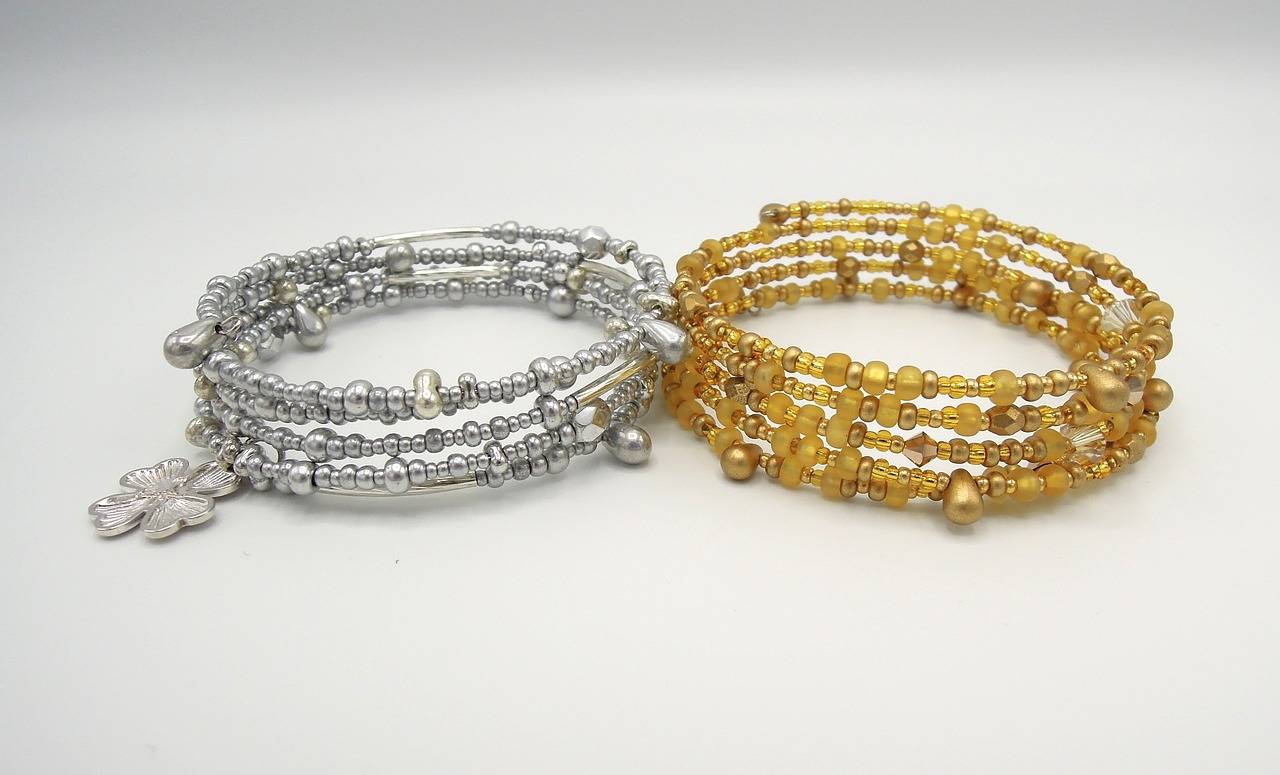Fashion and Circular Economy Principles
Sustainable practices in the fashion industry have become increasingly crucial in today’s world. With the rise of fast fashion and its detrimental impact on the environment, there is a growing urgency for the industry to shift towards more eco-friendly and ethical methods of production. Consumers are becoming more conscious of the environmental and social implications of their fashion choices, leading to a demand for transparency and sustainability from brands.
As the fashion industry continues to be one of the largest contributors to pollution and waste, adopting sustainable practices is not just a choice but a necessity. From reducing carbon emissions to implementing ethical sourcing of materials, there are various ways in which brands can make a positive impact on the planet. Embracing sustainability not only benefits the environment but also adds value to the brand by appealing to a growing market of eco-conscious consumers.
The Impact of Fast Fashion on the Environment
Fast fashion is characterized by its rapid production cycles, constantly churning out new clothing collections at an alarming rate. This relentless pace of production is taking a toll on the environment, leading to increased water pollution, deforestation, and greenhouse gas emissions. The fashion industry is one of the most water-intensive sectors globally, with fast fashion brands contributing significantly to the pollution of rivers and oceans through the release of toxic chemicals used in textile dyeing and finishing processes.
In addition to water pollution, fast fashion is also a major contributor to deforestation, as vast tracts of land are cleared to make way for cotton plantations and other raw materials. The production of synthetic fabrics, such as polyester, further exacerbates the environmental impact, as these materials are derived from non-renewable resources like petroleum. The greenhouse gas emissions from the entire lifecycle of fast fashion, including production, transportation, and disposal, contribute to climate change and the depletion of natural resources.
What is fast fashion?
Fast fashion refers to the quick production of trendy clothing at affordable prices to meet consumer demand for the latest styles.
How does fast fashion impact the environment?
Fast fashion contributes to environmental degradation through its high levels of water and energy consumption, use of toxic chemicals in production, and large amounts of textile waste that end up in landfills.
Why is sustainable fashion important?
Sustainable fashion is important because it promotes ethical and environmentally-friendly practices in the industry, reducing the negative impact on the planet and ensuring the well-being of garment workers.
What are some examples of sustainable practices in the fashion industry?
Sustainable practices in the fashion industry include using organic and recycled materials, promoting fair labor practices, reducing carbon emissions in production, and implementing waste reduction strategies.
How can consumers support sustainable fashion?
Consumers can support sustainable fashion by choosing to buy from ethical and eco-friendly brands, investing in high-quality and timeless pieces, and participating in clothing swaps or second-hand shopping.





